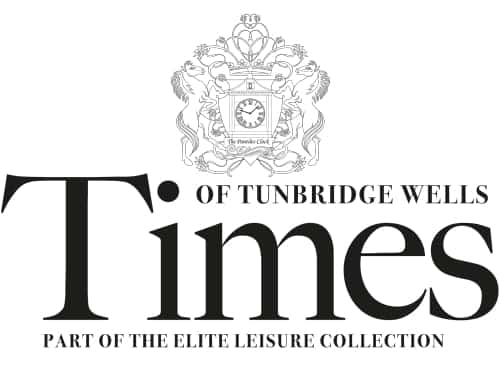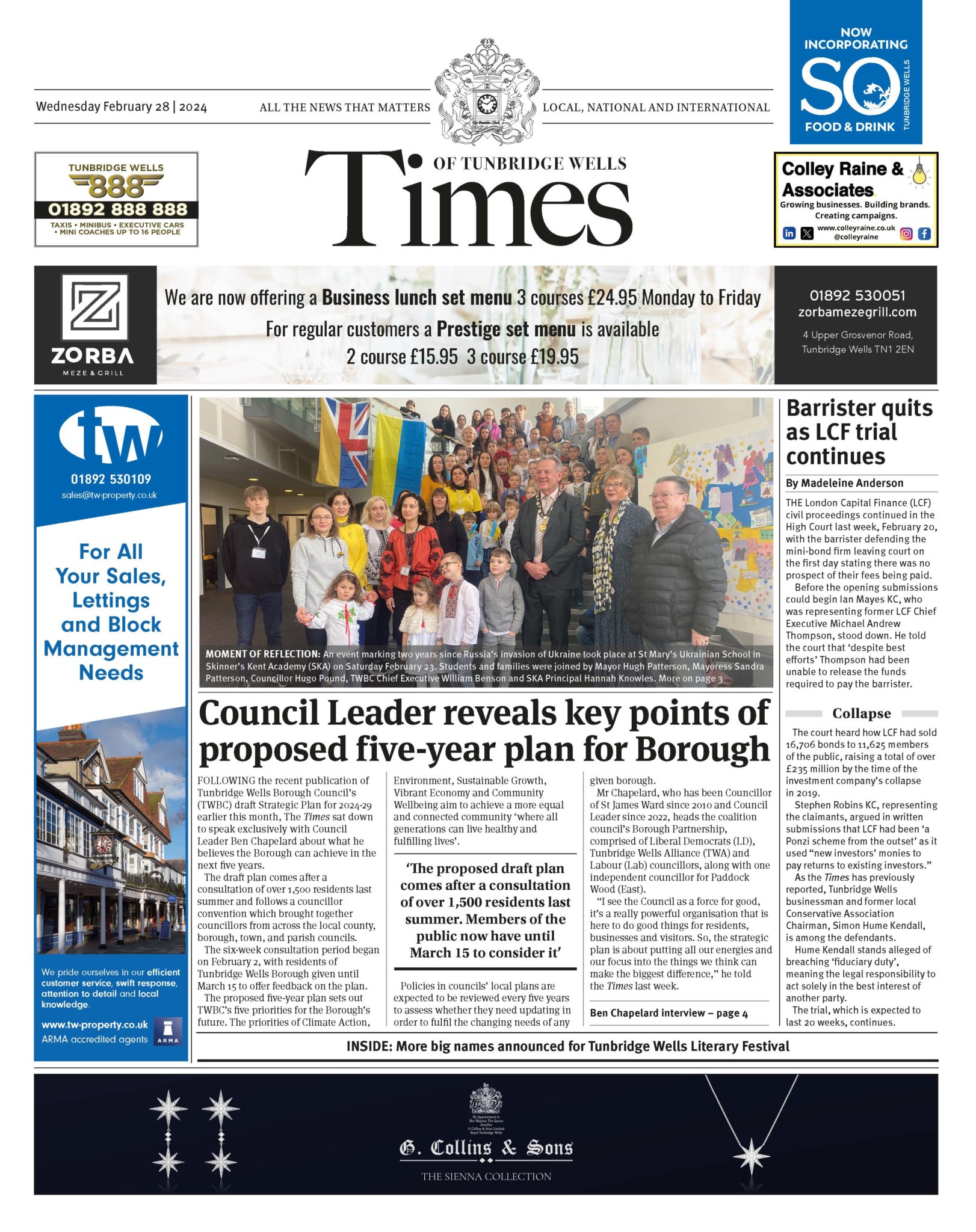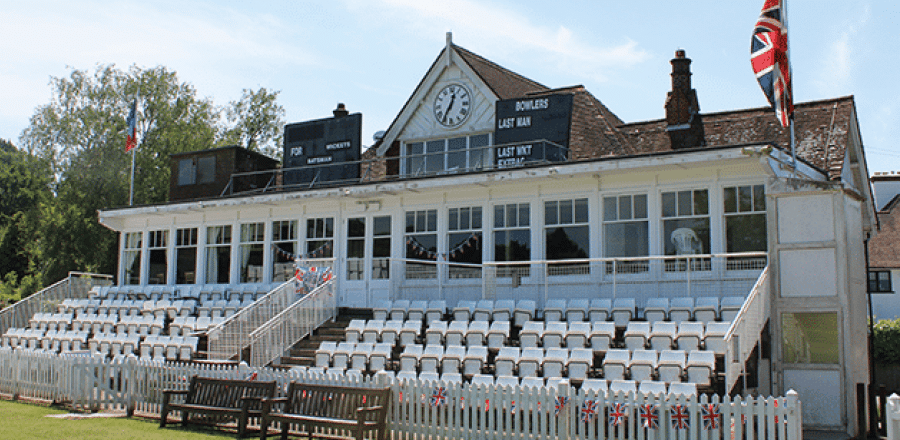This weekend, as the nation remembers the fallen on the 100th anniversary of the end of the Great War, there are 3,500 communities across Britain who will have these There But Not There silhouettes prominently displayed.
The artistic installation from a small rural community has become a focus of pride across the country – in the same way that men and boys from all walks of life came together and marched off to war more than a century ago.
“When we did it in 2016, my mantra was to ‘take the names off the walls’, simple as that, and nothing has changed,” says Mr Barraud.
“They have been there for 100 years, let’s get them back into their communities, understand how they lived as well as how they died.
“People didn’t know that their physical embodiment was missing in that sense. It’s not spiritual, but they are there in spirit. We’ve hit a nerve. Every door we bang on pushes open, from the Archbishop of Canterbury downwards.”
The Patron of There But Not There is General Lord Dannatt, former Chief of the General Staff, who as Constable of the Tower of London presided over the poppy display there in 2014.
“The poppies at the Tower of London captured the start of the national WWI commemoration,” said Lord Dannatt. “There But Not There will be the abiding concluding image.”
Two thousand orders of the silhouettes – up to ten figures each –have been provided free of charge through the Armed Forces Covenant Grant Fund, which provided £2million to ensure communities holding anything from a tea party to a town parade could access them.
A further 1,500 were purchased, with all profits going to the charity Remembered, which will distribute the funds to a further six charities that help veterans suffering with mental health issues: The Royal Foundation, Walking With The Wounded, Combat Stress, Help for Heroes, Project Equinox and the Commonwealth War Graves Foundation.
TAKE A PEW: Martin Barraud in Penshurst Church PHOTO: Little Olives Photography
This reflects one of the three core reasons why Mr Barraud set up Remembered last year and decided to expand the scope of his project: Commemorate, Educate, Heal.
The second of those is also proving to be a huge success story: More than 1,200 schools have downloaded an education pack for Key Stages 2 and 3.
This resource tells the stories of people who fought in the conflict, examining their varying backgrounds and experiences, challenging pupils to ‘make connections, draw contrasts and frame historically valid questions’.
In addition, There But Not There has sold 70,000 of its Tommies statuettes, which stand ten inches tall. These table-top items, which cost £29.99, are available in WH Smith and at therebutnothere.org.uk
More than 45,000 Tommies were sold within 24 hours of a media launch in February.
They are now being made by veterans at the Royal British Legion Industries’ factory in Aylesford. “It’s a perfect circle,” says Mr Barraud. “They are so enthused.”
Why has the project been such a success? “I think people really care,” he adds. “It might be 100 years ago but they are very conscious of those who are serving now, some of whom haven’t come home, some of whom have come home very unwell, damaged.
“Everywhere I go, I find people care about those who didn’t come back 100 years ago and those that are suffering now. We are a good country, we really look after our troops.
“Because we are human beings, we think it’s right to reflect on those who lost their tomorrows so that those who are now suffering can have a tomorrow that they can live with.
“We are reflecting back to look forward.”
Special events to salute silhouetted servicemen
The original silhouettes, bearing the names of Penshurst’s fallen, have been erected in the St John the Baptist Church again with the support of the Friends of Penshurst Church.
This weekend it will be holding two special events to mark the centenary in addition to the formal service of remembrance.
On Friday [November 9] at 7.30pm, relatives of the fallen will read out letters, poems and stories from the front line in an oral history called Voices: A War Scrapbook. Local historian David Lough will talk to Mr Barraud about There But Not There.
Then on Sunday [November 11] at 6pm, an hour before beacons are lit in the village and all across the country to remember the Armistice, there will be a candlelit evensong featuring the premiere of an anthem called They Are The dead – There But Not There, a reworking of the poem In Flanders Fields by John McCrae, written by local historian David Lough, composed by organist Robert Hessey and sung by the church choir.
One family, three deaths in Penshurst
THIS Sunday, services will be held across West Kent and East Sussex to remember the thousands who gave their lives during the First World War. Behind each of those who fell is a story that is often untold.
Here’s what happened to just one family in one village: The Hardinge family in Penshurst lost three young men to the fighting on the Western Front.
Edward Hardinge, a Lieutenant in the British Expeditionary Force, was awarded the Distinguished Service Order at Mons in the early exchanges of trench warfare in August 1914.
He was wounded by machine gun fire and died of blood poisoning aged 22 after returning to England in December.
His cousin, 2nd Lt Henry Hardinge, son of Viscount Hardinge, was killed in May 1915 aged 19 in the Battle of Aubers Ridge.
On the day of his memorial service, the local newspaper reported: “With blinds drawn and shops closed, the village of Penshurst showed its respect and sympathy.”
A third cousin, Major Patrick Hardinge, was killed in action aged 23 on June 17 1916 in the Hohenzollern Redoubt. He was awarded the Military Cross.
He had arrived in France in September 1914 and kept a colourful diary, in which he described how his first job was to take a cargo of 850 horses off the ship to a racecourse, escorted by Highlanders who ‘were frightened to death of them! And no one knew where the racecourse was’.
They went through the streets of Nantes in disarray as the city’s citizens looked
on bemused.
“Groups of Highlanders proclaiming their desire for tobacco and wine in no uncertain voice to groups of ecstatic Frenchmen who were marvelling at their kilts. Drunken soldiers, and some sober ones too, but not many.
“It was all like a nightmare, but a ludicrously absurd nightmare in spite of it all, and one couldn’t help howling with laughter the whole time.”
Loss of a young gardener shows sorry waste of life
The waste of life in the Great War was vividly illustrated by the fate of Wilfred Turley, who worked as a gardener for Dr Louis Wood in Penshurst.
In 1915, aged 20, he signed up for the Royal Navy. He was sent to Chatham, given a cold bath and sent to bed without food. He developed pneumonia and died a month later.
Dr Wood wrote to the Globe newspaper saying: “Rules must be obeyed, but I strongly suspect that the heartlessness of some lazy NCO was the only reason for the fasting.”
The Globe replied that it had published Dr Wood’s letter because it hoped ‘this unhappy case may be taken as a warning to those who are placed in charge of recruits, to treat them at all times with consideration’.


.jpg)





